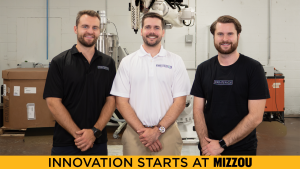
Dec. 4, 2025
Entrepreneurs turn idea, seed funding from Mizzou into a multimillion-dollar 3D printing company
Three alumni are advancing the possibilities of recycled-plastic 3D printing with their St. Louis–based company, launched with prize money from Mizzou’s Entrepreneur Quest.
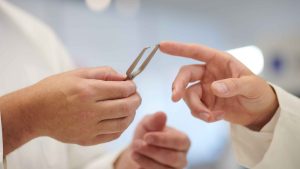
Oct. 22, 2025
Mizzou adds additive manufacturing printer to its toolbox
A significant step forward in advanced manufacturing and material science, the technology will be an asset for campus researchers and local industries.
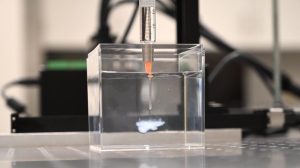
March 4, 2025
Protecting soldiers from invisible threats
Mizzou researchers look at how to mitigate acoustic and electromagnetic waves’ impact on the human body.
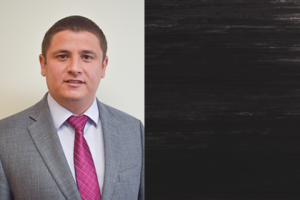
Nov. 22, 2024
Giraldo-Londoño awarded Haythornthwaite Research Initiation Grant
Oliver Giraldo-Londoño received one of five Haythornthwaite Research Initiation Grants from the (ASME) Applied Mechanics Division.
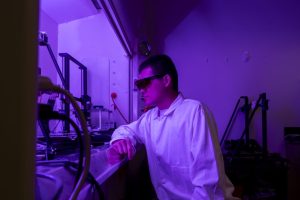
June 21, 2024
No assembly required
Innovative 3D printing method developed by Mizzou Engineering doctoral student streamlines multi-materials manufacturing.
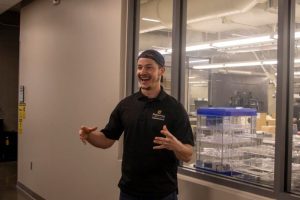
March 19, 2024
Where you belong: Mizzou Engineering ambassadors encourage others to choose Mizzou
Mizzou Engineering ambassadors are students who have loved their time at Mizzou so much that they choose to give back by representing the College. Each week, they lead tours of Lafferre Hall for future Tigers and their families. And throughout the semester they’ll take time on the weekends to speak with students and their families at Meet Mizzou Days or Mizzou Engineering events.
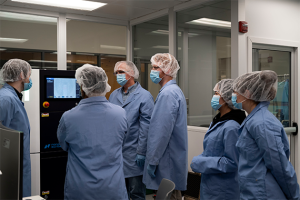
Jan. 9, 2024
Mizzou Engineering secures Nanoscribe Quantum X Shape 3D printer
Purchased with nearly $1 million from a U.S. Army Engineer Research and Development Center (ERDC) grant, the Quantum X shape from Nanoscribe, a Bico company, uses a process called two-photon lithography to rapidly cure a liquid resin, making it ideal for rapid prototyping and wafer-scale processing of any 3D shape. It’s the fastest and most accurate 3D printer for high-end microfabrication tasks on the market. Mizzou Engineering is one of just a few U.S. organizations to have the printer in and one of fewer than 100 around the world.

April 10, 2023
Team develops technique using humidity to make 3D printing faster, more efficient
A Mizzou Engineering team has devised a new technique that uses humidity to make 3D printing faster and more efficient when fabricating small, complex structures.
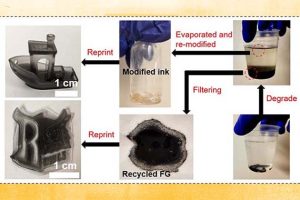
Oct. 13, 2022
Team investigates methods to make VPP-based 3D printing more sustainable
From custom car parts to medical equipment, vat-photopolymerization (VPP) based 3D printing is expected to usher in a new age of manufacturing. Before it becomes interwoven in our daily lives, however, a Mizzou Engineering team is investigating how to make the process more sustainable.

May 21, 2020
New Cloaking Material Could Protect Buildings, Soldiers
Stealth technology, the idea of reducing the ability of the enemy to detect an object, has driven advances in military research for decades. Today, aircraft, naval ships and submarines, missiles and satellites are often covered with radar-absorbent material, such as paint, to hide or cloak them from radar, sonar, infrared and other detection methods. A cloak is a coating material that makes an object indistinguishable from its surroundings or undetectable by external field measurements.